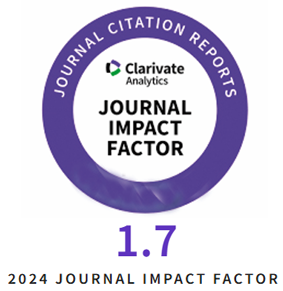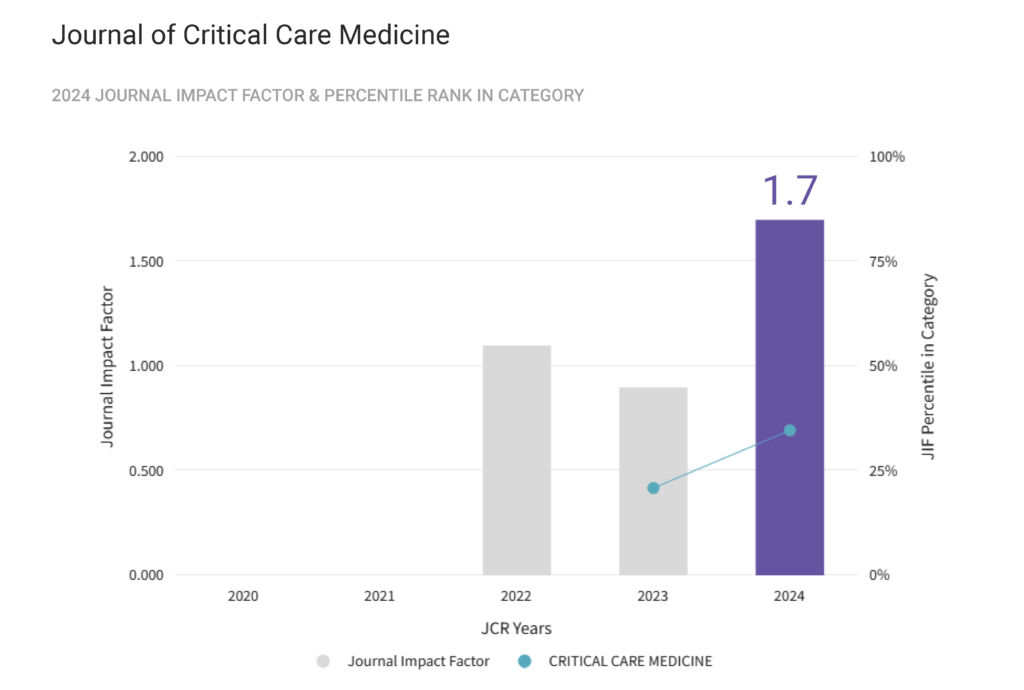Introduction: The use of selective digestive decontamination (SDD) in critically ill patients remains controversial. The impact of antimicrobial resistance varies according to multiple factors attributed to the type of patient and the characteristics of intensive care units (ICU).
Aim of the study: to describe the effect of the implementation of a selective digestive decontamination protocol on the incidence of nosocomial infections and colonization of multidrug-resistant organisms (MDRO) in an intensive care unit.
Materials and methods: Prospective observational study in a general ICU of a University Hospital. All patients admitted for 2 years (divided into 1-year periods) before and after the implementation of the SDD were included. This intervention was performed in all patients who received invasive mechanical ventilation in the second period. Incidence density rates were determined for all nosocomial infections (per days of stay) and device-associated infections (per days of use), and risk ratio (RR) were calculated with 95% confidence intervals. Microbiological surveillance of the colonization status of patients was performed on admission and on a weekly basis. A univariate analysis was performed for comparison between groups. A p<0.05 was considered significant.
Results: A total of 1532 patients were included in the pre-intervention period (pre-SDD) and 1734 in the post-intervention period (post-SDD). The incidence of all infections decreased [9.21 vs 6.54 per days of stay; RR: 0,71 (0,428 – 1,172), p=0,16], although not significantly. Both catheter-related bacteremias and all catheter-related bacteremias together (primary and secondary) were significantly reduced [4.49 vs 0.71 per 1000 days of use; RR: 0,157 (0,017 – 0,723), p=0,006]. The colonization rates by MDRO also decreased (3.26% vs 2.36%), but not significantly.
Conclusions: Implementation of SDD significantly decreased the number of catheter-related bacteraemias, without an increase in MDRO colonization.
Tag Archives: nosocomial infection
Factors Favouring the Development of Clostridium Difficile Infection in Critically Ill Patients
Clostridium difficile, an anaerobic, spore-forming, toxin-forming, gram-positive bacillus present in the bacterial flora of the colon is the principal cause of nosocomial diarrhoea in adults.
Aim: Assessment of favouring factors of Clostridium difficile infections as well as the interactions between them, in critically ill hospitalized patients undergoing complex medical and surgical treatments.
Material and Methods: A retrospective case-control study involving eighty patients admitted in the Intensive Care Unit (ICU) of the County Clinical Emergency Hospital Tîrgu-Mureş was conducted between January and October 2014. Patients aged eighteen years and over, who had undergone complex medical and surgical treatment, were divided into two subgroups. Group 1 included patients who developed diarrhoea but were not diagnosed as having a Clostridium difficile infection (CDI). Group 2 included patients who developed diarrhoea due to CDI as indicated by a positive culture and the expression of exotoxin. The assessed parameters were age, length of stay (LOS), antibiotic spectrum, association with proton pump inhibitors (PPI) or H2-receptor antagonists, immunological status, the presence or lack of gastrointestinal tract surgery.
Results: The mean age was 64.6 years with an average LOS of 10 days. Fifty-six percent of patients came to the ICU from internal medicine wards and forty-three percent from surgical wards. 20.5% of them were immunosuppressed. Co-association of ceftriaxone and pantoprazole significantly increased the risk of CDI compared to co-administration of any other antibiotic or pantoprazole (p=0.01). The odds ratio for Pantoprazole together with any antibiotic versus antibiotic therapy alone was significantly higher (p=0.018) with a sevenfold increase in the risk of positive exotoxin increase.
Conclusions: Antibiotic use is associated with “no risk to develop CDI” in the first five days of administration. PPIs associated therapy increased the risk of CDI in first seventy-two hours regardless of the antibiotic type, and contributes to an active expression of CD exotoxin.










